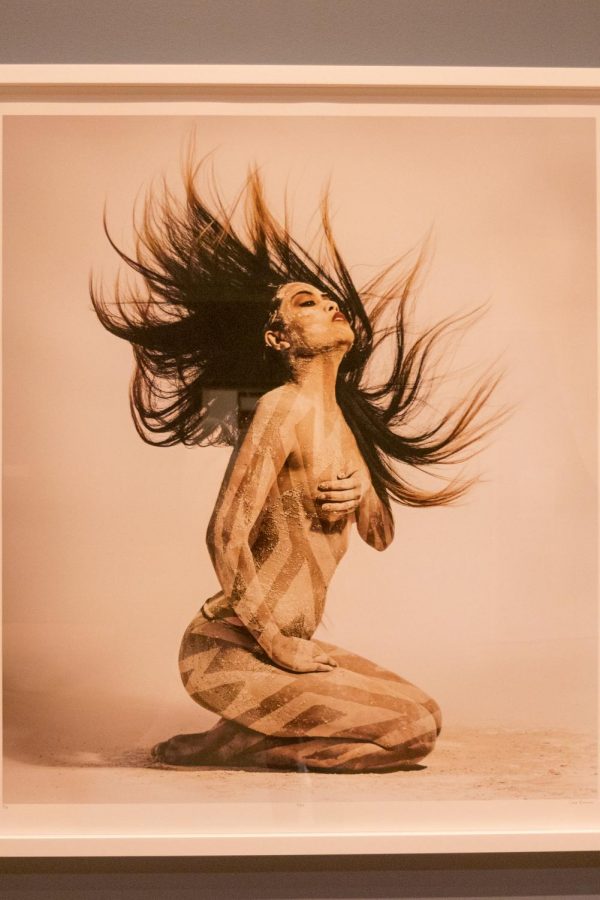To the Minneapolis Institute of Art, celebration, education and further exploration of Native American heritage and art is not just a month-long endeavor encapsulated in the form of a heritage month. It is a continual initiative for the museum to celebrate the various Native communities year round.
Though November is nationally recognized as Native American Heritage month, the Indigenous art that Mia showcases this month is available and can be seen throughout the year.
“We do content aggregations for certain months, but they are a reflection of the work that we’re doing year round, and the work that we do with the local Native American community is really important and a high priority for us,” Michaela Baltasar-Feyen, head of strategic communications and Converged Media at the Mia, said.
The Mia has been working to showcase different perspectives of Native American art with help of Juan Lucero (Isleta Pueblo), full-time fellow of Native American art.
“It’s my opportunity to try to share my cultural perspective, which is Pueblo from New Mexico, so that’s one thing that Mia has been working hard at is trying to share those cultural perspectives from Native people throughout the community … and it’s not something that all institutions currently do,” said Lucero.
In compliance with the state’s COVID-19 restrictions, the Mia will be temporarily closed starting Nov. 21, but patrons who are interested in learning more about Indigenous art can go through the virtual galleries and other offerings on Mia’s website.
Jill Ahlberg Yohe, the Mia’s associate curator of Native American art, recommended the Hearts of Our People: Native Women Artists virtual exhibition. The exhibition features over 115 Native women’s work that spans 1,000 years. Hearts of Our People seeks to answer the question of “Why do Native women make art?” and explores the themes of legacy, relationships and power.
Visitors can also spend time in Mia’s Native American art gallery permanent collection to learn more. Ahlberg Yohe also recommended patrons check out the Frank Meyers Steiner Gallery of American Western Art, where Native art is incorporated into the narrative of Western art.
Starting Nov. 19, the Mia’s Virtual Care Package will be available for viewing. This care package explores the idea of resiliency and calls on local Native artists, teachers, elders and healers.
“A large part of resiliency is actually being generous, and thinking about generosity, and how we can create opportunities to share with one another as it helps us build our own resources to be able to have some sustainability and longevity,” Mia activation specialist Anniessa Antar explained. In the beginning of the pandemic, Antar helped to put together these care packages.
“So for this care package, we just wanted to collaborate with folks that we’ve worked with in the past, to continue developing the relationships with the Native community and the Native artists that we work with often, and reflect on what is resiliency,” Antar said.
Through the care package, viewers can listen to the Minnesota blues/rock band, Bluedog, learn more about the importance of wild rice harvest by making Robert Rice (White Earth Ojibwe) of Pow Wow Coffee Grounds Coffee Shop’s Wild Rice Quiche recipe, build Dakhota language vocabulary and pronunciation skills with Šišóka Dúta (Sisseton Wahpeton Oyate) and Wóokiyewiŋ (Upper Sioux) and engage in many more activities provided through the care package. These different events and learning experiences, like the rest of the art opportunities offered this month, will be available year-round.
“These months are always a challenge,” said Baltasar-Feyen. “They’re good months to celebrate, but they can also be seen as tokenizing if you are not making this a regular practice every single day or thinking about it other times of the year.”














